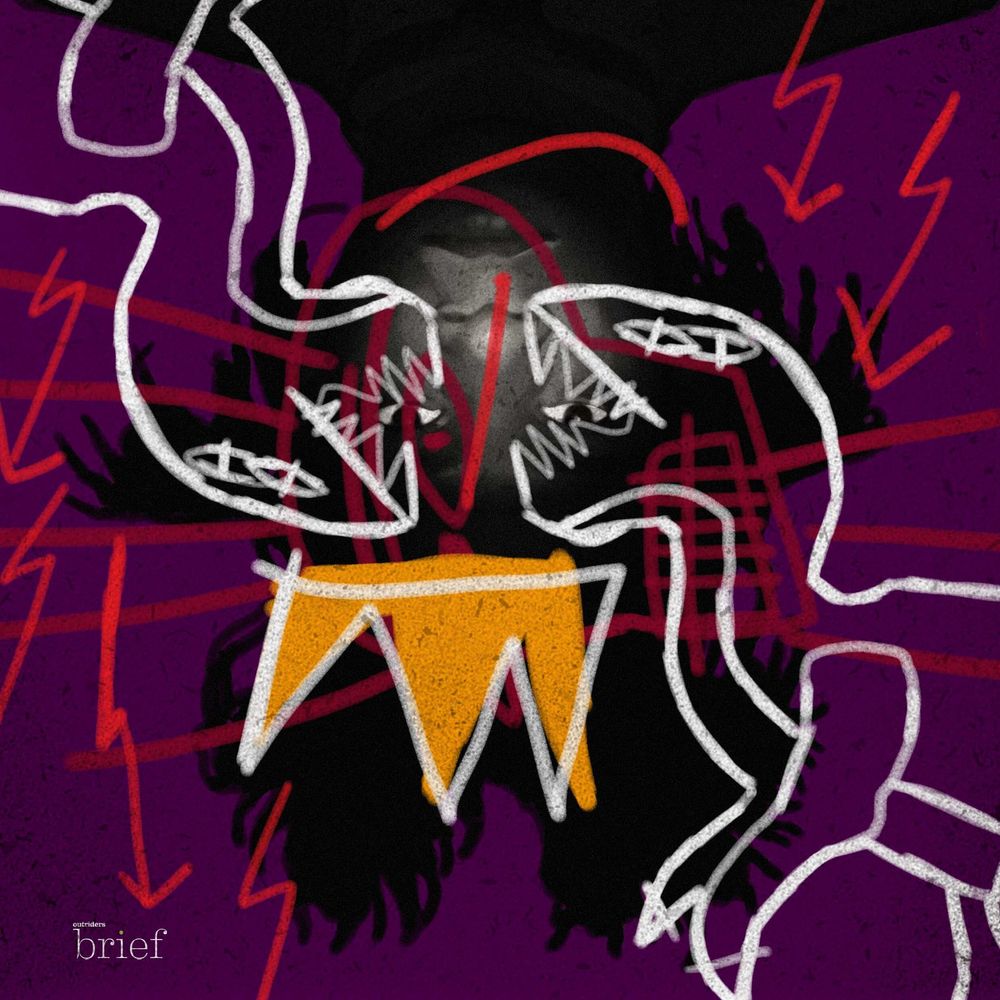Robots building houses and the architecture inspired by sponges
The structure of the deep-sea sponge skeletons could inspire the technology for stronger and more durable architecture, like buckle resistant bridges. According to the newest research, Euplectella aspergillum species has an intricate skeletal structure that is exceptionally strong – it performs better than the comparable configurations humans use for lattice-style bridges. It has a tubelike skeleton in the shape of a square grid with diagonal reinforcements.
The scientists from the Living Materials Laboratory at the University of Colorado Boulder enriched concrete with a polymer called PEG-PVA that is currently used in time-released pharmaceutical pills. As a result, they received concrete more resistant to the temperature swings. Daily temperature changes make water freeze and expand and then contract when it thaws. The regular concrete is porous and absorbs water which makes its surface flake and peel.
In Great Britain, construction of a first-ever robot-built house just started. The robot uses a digitized version of the architect’s design, and it builds the house twice as fast as the human bricklayers. The technology has been in development for four years. Construction is one of the last industries that isn’t using robots.


























